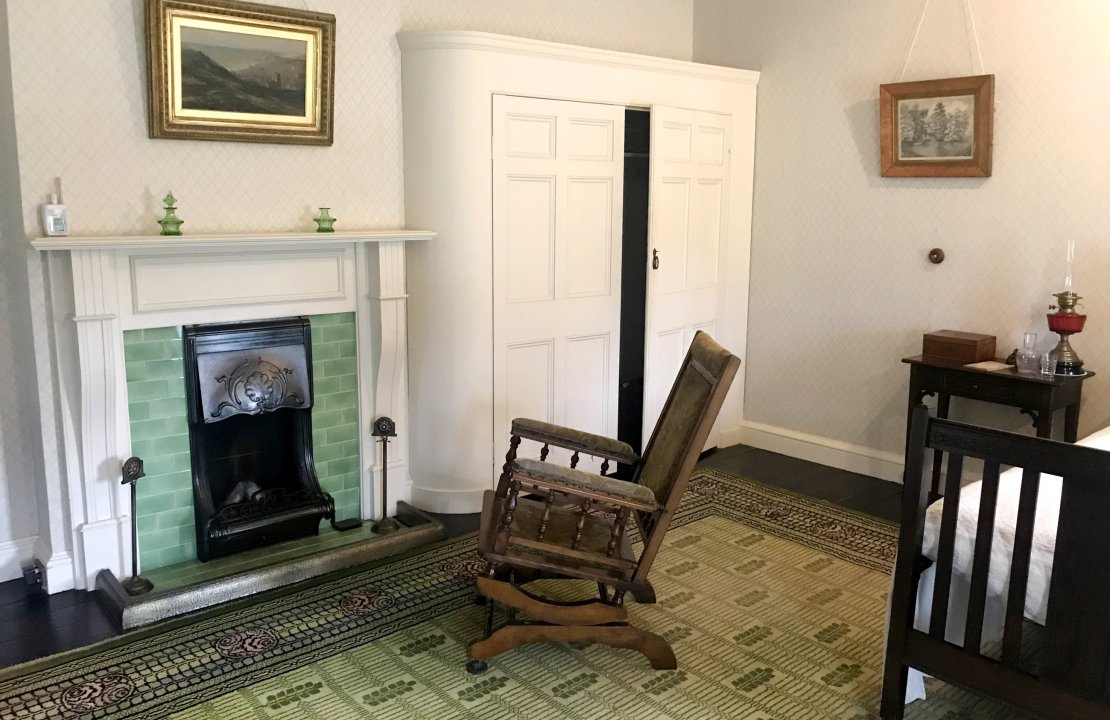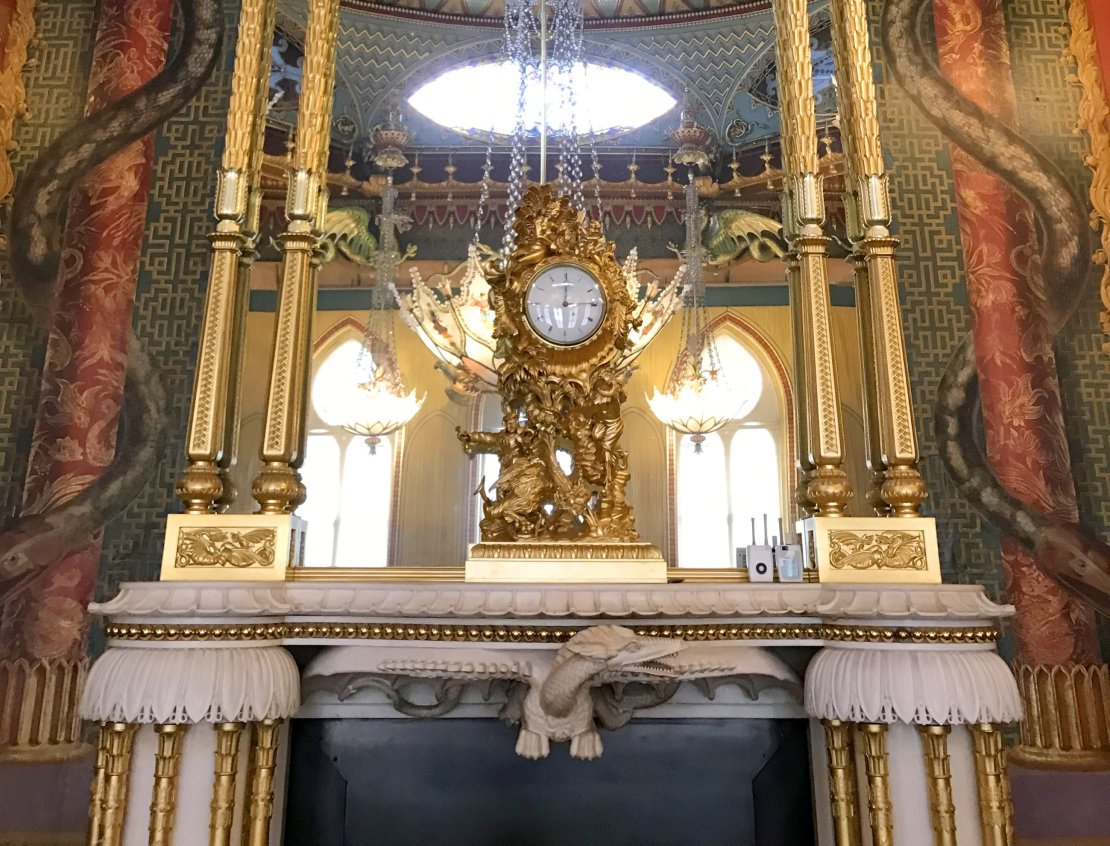If one were to stroll down the streets of any Victorian-era city and peer into a well to do house through a parlour window, we would inevitably come across a common sight: a grand, ornate fireplace possibly fashioned from antique marble. These fireplaces were not just practical heating devices, but symbols of status and wealth. In many ways, the Victorian period itself can be likened to these fireplaces - at times extravagant, ostentatious, and emblematic of an era of opulence and excess.
The Victorian era was a time of great change and innovation, with significant advances in science, technology, and industry. It was an era of progress and prosperity, as the British Empire expanded its reach and influence around the world. However, with this progress came a sense of unease, as the old ways of life were replaced by new, unfamiliar ones.
The same could be said of the Victorian fireplace. These grand structures, often made of marble or stone, were designed to impress and intimidate. Smaller houses tended to have cast iron fireplaces often decorated with colourful ceramic tiles. They were symbols of wealth and status, but also practical devices for heating homes in the cold, damp climate of Britain.
The fireplace tiles often reflected the area or employment of the area or home owner. In our house for example a a painting of a trombone was used to decorate the fireplace tiles.
Similarly, the Victorian period was marked by a sense of grandeur and excess. The architecture of the era was characterised by ornate decoration and intricate detailing, with buildings designed to impress and awe. The clothing of the time was similarly elaborate, with women’s dresses featuring layers upon layers of fabric and men’s suits made from fine materials.
Yet beneath this veneer of opulence lay a sense of unease. The Victorian period was also marked by poverty, disease, and social unrest. The Industrial Revolution brought with it harsh working conditions and widespread poverty, while diseases such as cholera and tuberculosis ravaged the population.
Fireplaces have been traditionally placed in different locations in a room depending on the era and culture. Here are some common examples:
- Medieval times: In medieval times, fireplaces were often located in the centre of the room, and the smoke would escape through a hole in the roof.
- Renaissance: During the Renaissance, fireplaces were often built into the wall and placed in the corner of the room.
- Georgian era: In the Georgian era, fireplaces were usually placed on the side of the room, often with a mantel and chimney breast.
- Victorian era: In the Victorian era, fireplaces became more ornate and were often placed in the center of the wall with a decorative mantel and surround.
- Modern times: In modern times, fireplaces can be placed in a variety of locations, including the centre of the room, on a wall, or even in the middle of a large open space. The design and placement often depend on the architectural style and personal preferences of the homeowner.
In many ways, the Victorian fireplace can be seen as a symbol of this dichotomy - a grand, impressive structure that also served a practical purpose. It was a way to display wealth and status, but also a necessary means of keeping warm in a harsh climate.
The same could be said of the Victorian era as a whole. It was a time of great progress and prosperity, but also one of significant social and economic upheaval. The grand architecture and elaborate clothing of the time were a means of displaying wealth and status, but they also masked the harsh realities of life for many people.
In conclusion, the Victorian era can be likened to the grand, ornate fireplaces of the time. Both were symbols of wealth and status, but also necessary means of survival in a harsh climate. Both represented a sense of grandeur and excess, but also masked the underlying struggles and unease of the time. The Victorian period may be over, but its legacy lives on in the grand buildings and ornate fireplaces that still stand as reminders of an era of opulence and excess.



Be the first to add a comment...